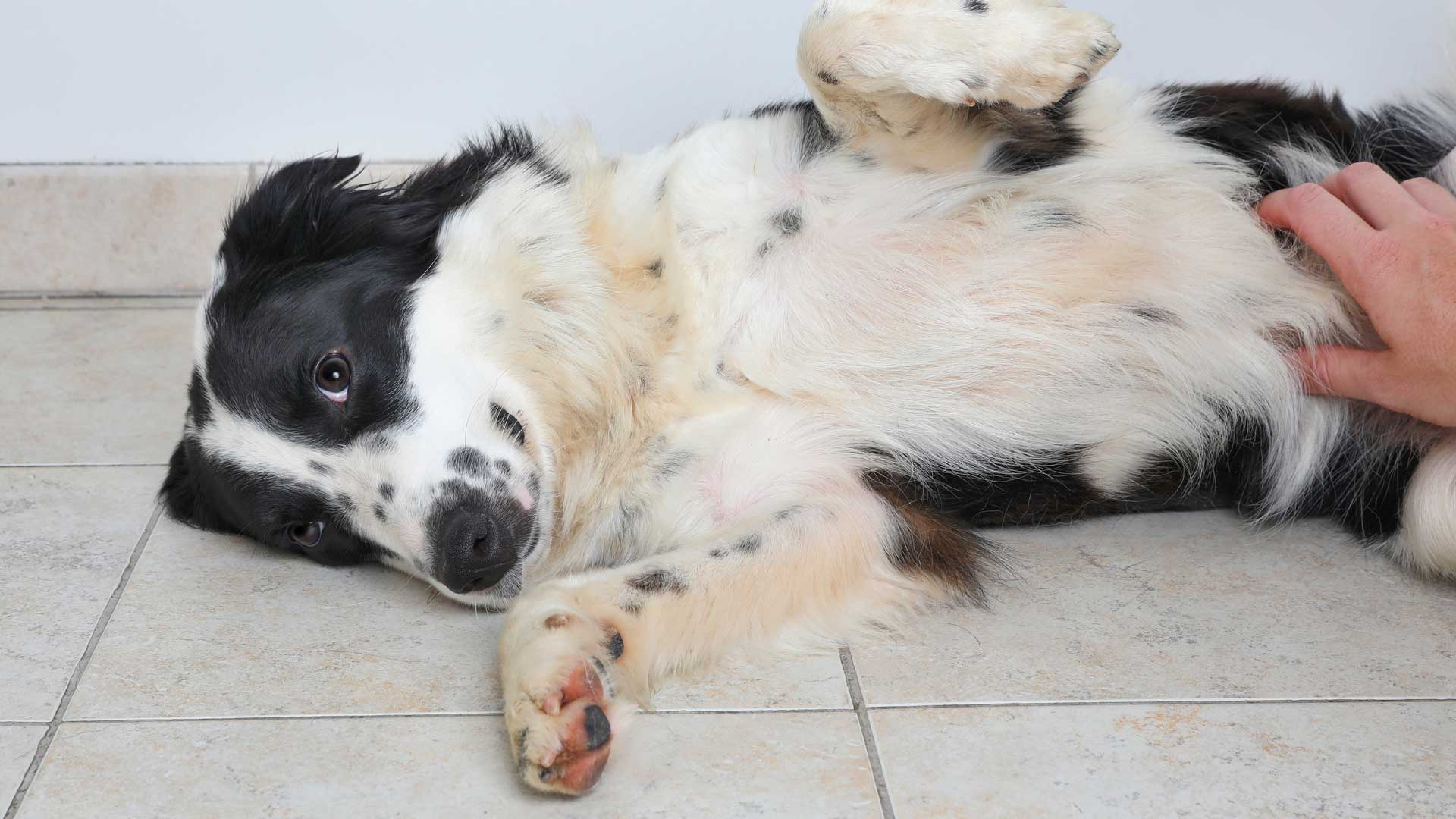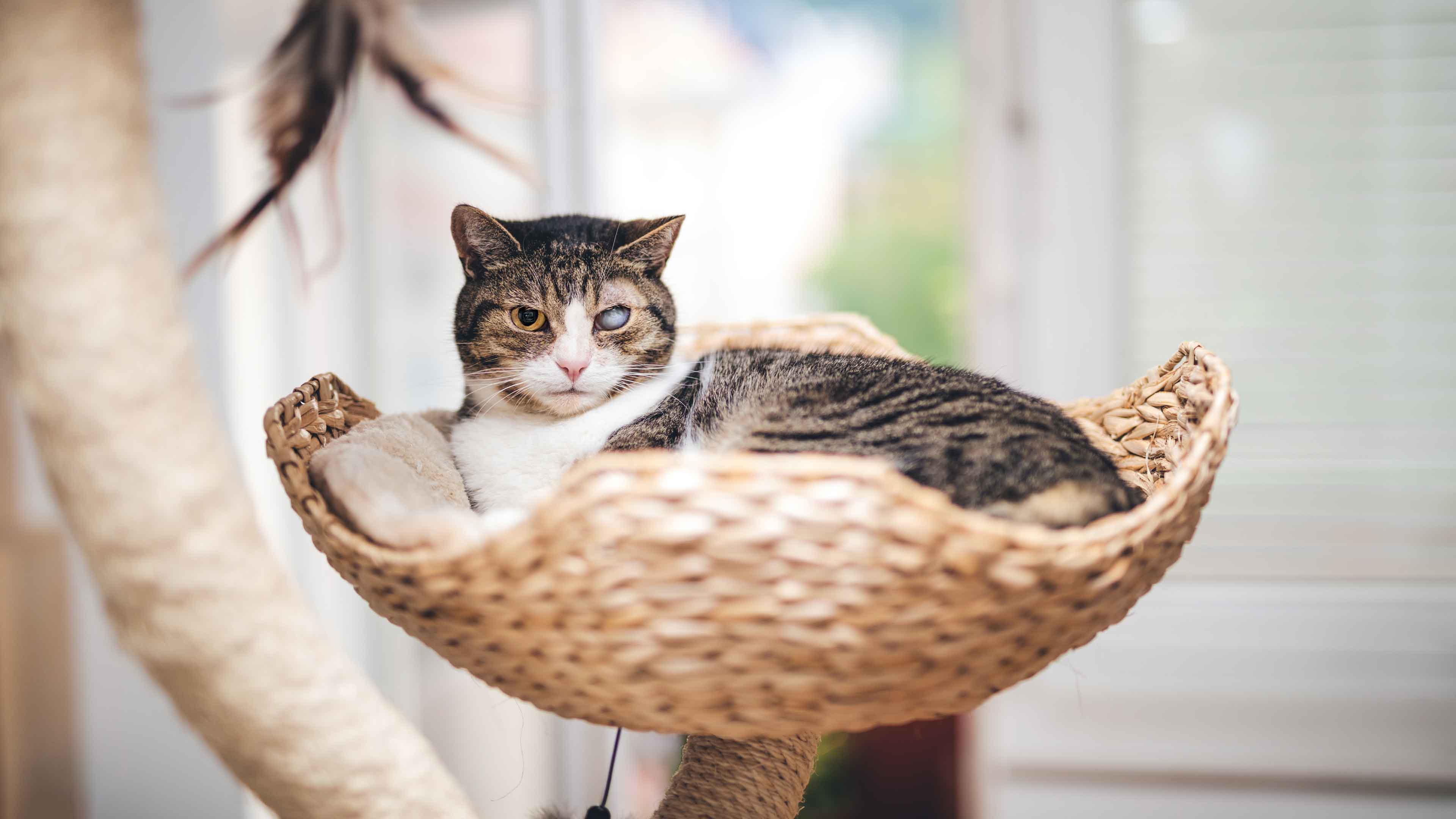did someone say treat?
If your dogs are like our dogs, nothing lights up their eyes like the magic T-word. Some very good dogs automatically sit, licking their chops. Others lose all dignity and start dancing on their hind legs or sitting up to beg.
Since giving (and getting) treats is so much fun, we thought we’d share a few vet-approved tips on keeping treats a good time for all.
Dog food for dogs
We get it! They want to eat what you’re eating. But as much as we love them, our furry besties are dogs, not people. People food – which can be super high in calories and fat – just isn’t good for them. Treats specifically made for dogs are a much better choice.
Keep it low-cal
Check with your vet to see how many calories your dog should be getting a day – and don’t feed her more than 10% of that in treats. Low-cal treats will help your pup keep off the pounds.
A pro dog trainer gave us this tip: Put a piece of something yummy and smelly, like bacon or a chunk of hot dog, into a ziploc with your low-cal treats. The treats will pick up the taste, but not the calories or fat. Just make sure you take out the smelly bit before serving, right?
Check the chew
Your dog may crave ice and rawhide chews, but these treats can also easily break down into choking hazards. So it’s good to hang out while your pet chews to make sure everything goes down easy. Plus, it’s great way to see the happiness on their faces!
Try non-food treats
Sure, food is love, but love is also love! Petting can make your dog extremely happy. (Raise your hand if your pup likes a rub right underneath their collar.) When your dog does something you want to reward, try swapping a foodie treat with physical affection and lots of vocal approval.
Training with treats
Treats make excellent incentives. But using them to distract from bad behavior – like barking – can backfire. They’ll soon learn that if they bark, they get treats, which is exactly what you don’t want.
Teach your dog to associate rewards with the behavior you do want. So if they’re barking, get their attention with a treat – but don’t give it to them. Make sure their attention is focused on you, with no barking, for a count of 5. Then they get their nibble.
We’ve also found it helpful to associate a word with the treat when you give it. That way, when they hear it – "Quiet!" – they know what’s expected and have a positive association with the word, instead of just noise.
Treat yourself
Sometimes the best treat for you and your pooch is just to spend time together. Long walks, throwing a ball, cozy snuggles – these bonding experiences are treats for you, as well as your pets.
 Mites and mange
Mites and mange Podcast - Not Just Fluff
Podcast - Not Just Fluff











